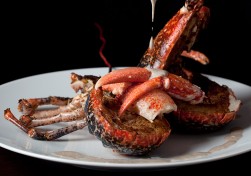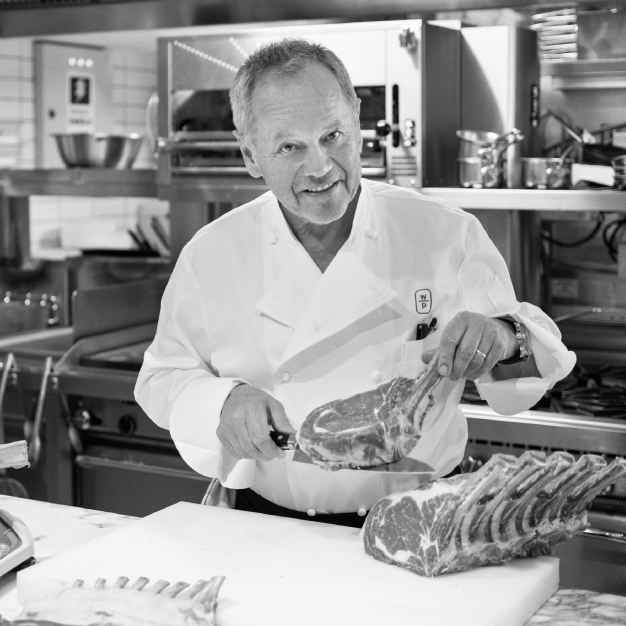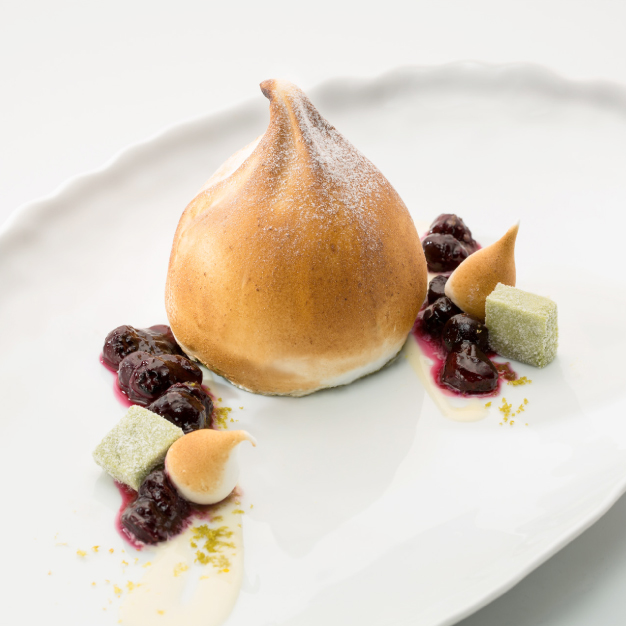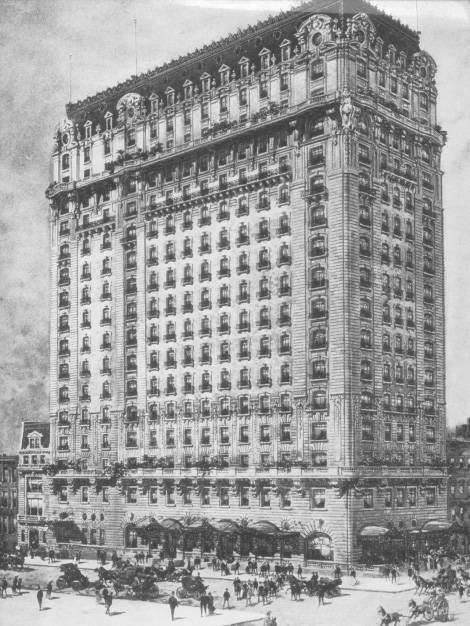1. Schroon Lake, NY, 1970
The first journey you take without your parents is always an important one. When I was 17 I went on a road trip with two friends. We drove from our small town in Illinois to a Baptist Bible camp in Schroon Lake, New York. I’m not sure why my parents let me go – they were pretty much evangelical atheists – but it was decided that I would be a good influence on the other two kids. I don’t remember much about the journey except that I ended up driving for about 24 hours straight. We were such knuckleheads, we didn’t even have a map.
2. New York City, 1974
Even though I grew up in the Midwest, I never really bought the myth of New York being the center of the world. But I guess you have to see it for yourself, so when I was 21, I drove there with two friends. We stayed in a fleabag hotel near Times Square, walked around Greenwich Village, did all the usual things. But I was strangely unimpressed. That trip taught me the importance of traveling without expectation – with an open mind.
3. Chicago, 1976
In 1976 I quit college and moved to Chicago. I had met these kids [Terry Kinney, Jeff Perry and Gary Sinise] while studying drama at Illinois State University. They were starting up the Steppenwolf Theatre Company and they invited me along. So one spring day I packed up my car and drove to Chicago. I knew they were a very talented group of people, but deep down I thought, “This will never work.” Yet somehow it did. I guess we kind of pulled each other along.
4. Thailand, 1983
One of the most influential journeys of my life was going to Thailand for four months to film The Killing Fields. It was so strange and interesting and exotic. I saw the effect it had on people, which was not always for the best. One of the actors was actually carted off in a helicopter wearing a straitjacket. During the shoot I became friends with one of the actors in the film [Julian Sands] and I ended up coming to England to visit him, and then subsequently filming and acting in plays in London. We’re still friends today – he’s in my short film, A Postcard from Istanbul.
5. Peru, 1986
The first movie I directed, The Dancer Upstairs, came about because of a trip I made to Peru with my producing partner Russ [Russell Smith]. Not long before we got there, Sendero Luminoso [“Shining Path”, Peru’s Maoist guerillas] had blown up part of the tourist train to Machu Picchu, so there were soldiers everywhere. Then, while we were in Lima, Sendero caused a blackout across half the city. It made a big impression on me. A few years later I read Nicholas Shakespeare’s book The Dancer Upstairs, which was inspired by Sendero Luminoso, and thought, “This would make a great movie.”
6. Croatia, 1991
My grandfather came from Croatia, but I’ve never felt an urge to trace his roots. I have visited Croatia several times, however, and I strongly recommend it, despite the fact that my first experience of the country was terrible. I’d been invited by a Croatian journalist to attend a film festival in Split, and while I was there, civil war broke out and we had to take off. The only way to get out of the country was to drive through the mountains to Zagreb. The whole experience was really creepy.
7. Istanbul, 2000
The short film I made for St. Regis, A Postcard from Istanbul, is based on an idea I came up with during one of my trips to the city. The first time I went there was in 2000, for a film festival, and I immediately fell in love with it. I’d read a lot about Istanbul and its history fascinated me: that unique mix, or even clash, of cultures. But it’s also astonishing to look at. I always love a city that has a variety of architectural styles. And then there’s this incredible body of water cutting through the middle. At night, it’s like a dream.

















